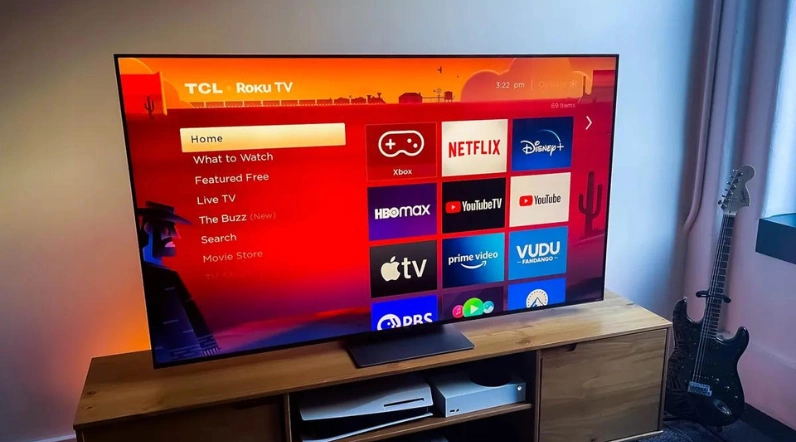In recent years, the way we watch TV has changed a lot.
Traditional broadcast television is losing ground to the growing dominance of internet-connected televisions and streaming services.
A few weeks ago, Leichtman Research Group published a shocking report that reveals just how much internet-connected TVs and streaming services have taken over.
In this writing, we will highlight the key findings from that report and discuss whether cable companies will be able to maintain their supremacy.
The Dominance of Internet-Connected TVs and Streaming Services
As per the report, more and more people are using internet-connected Smart TVs than ever!
In fact, the number of Smart TV users has risen from 82 percent in 2021 to an impressive 88 percent in 2023. The majority of households in the United States now own a TV that can connect to the Internet.
Not only are more people using internet-connected TVs, but they are also embracing a variety of streaming devices.
Popular options include Roku, Amazon Fire TV sticks, Chromecast units, Apple TV, as well as internet-connected Blu-Ray players and video game consoles.
Viewing Habits are changing
Over the past decade, there has been a significant change in how we consume entertainment.
In 2013, only 44 percent of households had an internet-connected device. But by 2018, that number jumped to 74 percent, indicating a growing preference for streaming services.
Currently, 44 percent of households rely exclusively on Smart TVs for their streaming needs.
On the other hand, In 2023, 49 percent of adults use these devices every day, compared to 39 percent in 2021 and only 6 percent in 2013.
Who’s Using Internet-Connected Devices?
When looking at the demographic breakdown, the report shows that younger adults, aged 18 to 34, have the highest daily usage at 63 percent.
They are closely followed by adults aged 35 to 54 at 58 percent.
However, usage rates among households over the age of 55 are comparatively lower, with only 27 percent utilizing these devices on a daily basis.
Bruce Leichtman, president and principal analyst for Leichtman Research Group, Inc said:
“Nearly half of all adults now watch video via a connected TV device daily, a significant increase from 29% five years ago, and 6% a decade ago.”
What this means is younger generations are more inclined to embrace internet-connected devices for their entertainment needs than older generations.
Challenge for the Cable Television Industry
Now the main question is—will the traditional cable industry be able to sustain itself in this changing landscape or they kick out of the market?
Well, to address this, let’s first take a look at some recent news.
On May 18, 2023, ESPN made a significant shift from cable to a standalone streaming service. Additionally, on May 15, 2023, cable company WOW announced its plans to move away from traditional cable television and instead partner with the popular streaming platform, YouTube TV.
Like these, there have been numerous reports of cable companies transitioning from traditional cable television to streaming platforms.
Now it’s clear that the cable companies are trying to change their strategy!
However, according to some media insiders like CNBC, “Cable TV will effectively die in the next few years“, while others think it will still exist but with fewer subscribers and lower quality.
So, what does this mean? Is cable TV really going to vanish?
No, this doesn’t necessarily mean that cable companies will disappear anytime soon.
They still have a strong presence and will continue to dominate the market as it still has some advantages such as live sports, news, and local programming.
But for this, they will need to adapt to the current market. Otherwise, they will vanish
They will need to unbundle their packages and provide consumers with more options to pay for only the channels they desire.
However, here are some other potential actions they could consider:
- Revamping the pricing model.
- Expanding through franchising.
- Emphasizing local content.
- Improving customer service and user experience.
Last but not least, the future of entertainment lies in the hands of internet-connected TVs and the ever-expanding world of streaming services.
So the Cable television industry must adapt to this new paradigm to remain relevant and attract viewers in the evolving digital era

Abdur Rahman is a seasoned journalist who covers all things related to TV and streaming. As of May 2, 2023, Abdur is writing for Homespoiler.com. More about him

